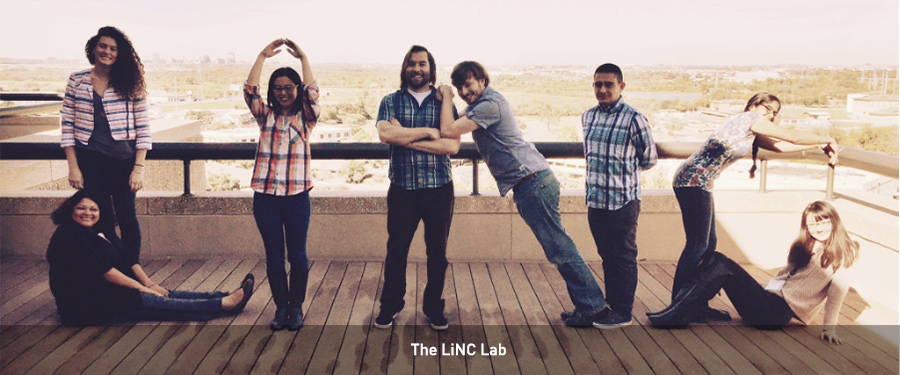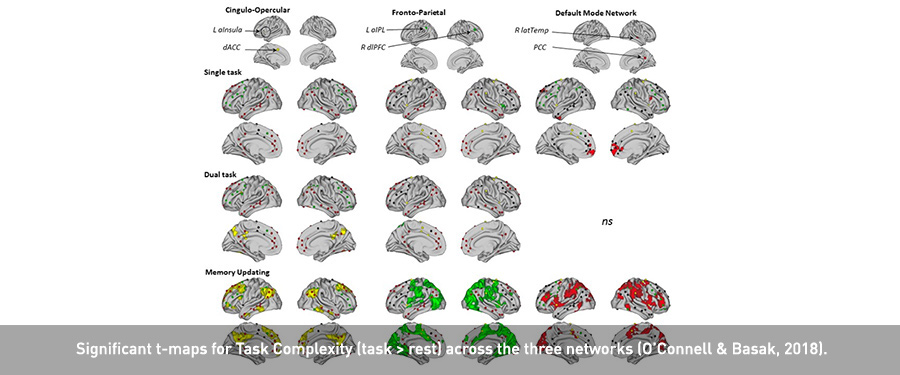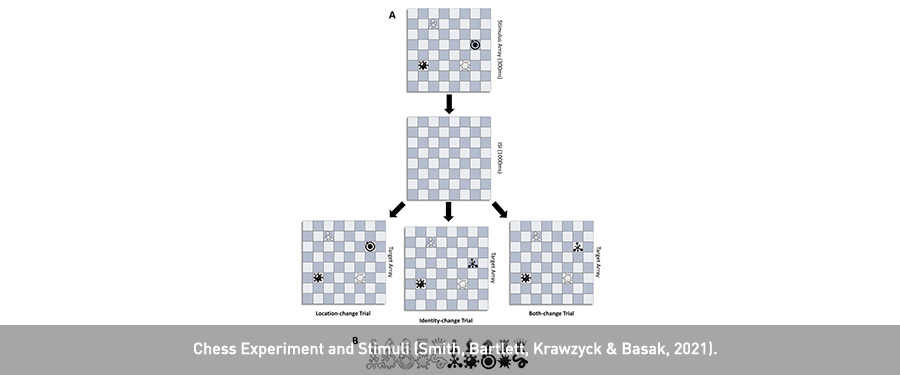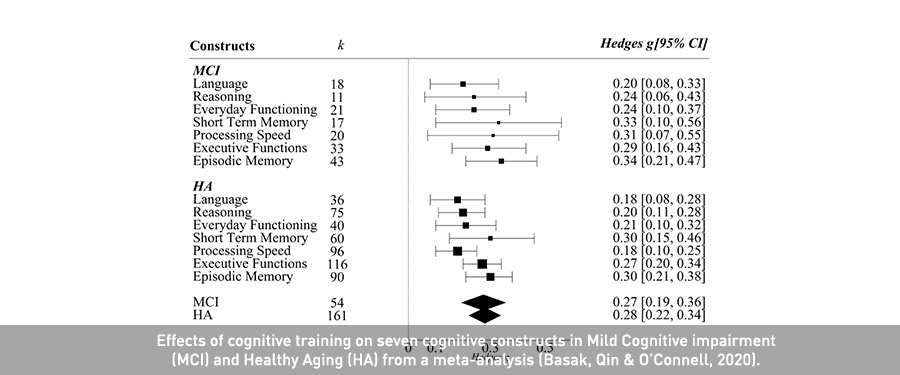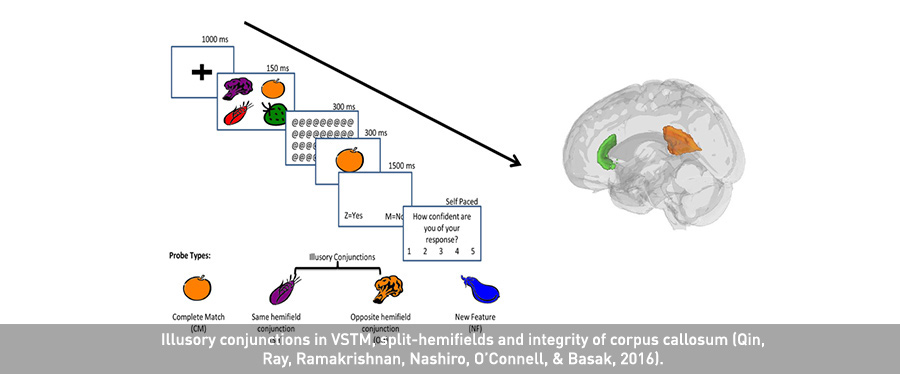Basak’s Lifespan Neuroscience and Cognition Lab
The Lifespan Neuroscience and Cognition (LiNC) lab is located in the Center for Vital Longevity, University of Texas at Dallas, and is directed by Dr. Chandramallika Basak. We utilize both behavioral and brain imaging techniques (fMRI brain activity, DTI, functional connectivity, fNIRS) to understand the neurocognitive mechanisms of memory, attention and complex skill, and how these abilities differ with age or disorders and can be enhanced across our lifespan. Our research is particularly focused on the interaction between working memory and attentional control, sources of individual differences of enhanced learning and memory, and how they are affected by age and memory/language disorders.
Follow Dr. Basak’s Research on Twitter

Upcoming Events & News
April 25, 2025 — Dr. Basak is invited to give a research talk at the Psychology Colloquium Series at the University of Texas at Arlington on April 25th at 2pm. Her talk is titled “Moderators and Mediators of Cognitive Training for AD Prevention: From Skill Learning to Brain Plasticity”. For more information on how to attend it in person or online, see our flyer.
November 24, 2024 — A new publication from Basak’s LiNC lab is published in Aging Brain. This research investigated the cognitive and gray matter predictors of complex skill learning on different genres of casual games in older adults. The results suggest that strategy games may be a more promising approach to training memory skills in older adults, when compared to action games. See the publication.
November 16, 2024 — Dr. Basak has been invited to join as a visiting associate professor at the Koita Center for Digital Health at IIT Bombay. This will facilitate cross-national collaboration across USA and India.
Highlighted Publications
Smith, E.T., Bartlett, J.C., Krawczyk, D. C., & Basak, C. (2021). Are the Advantages of Chess Expertise on Visuo-Spatial Working Memory Capacity Domain Specific or Domain General? Memory & Cognition.
Qin, S., & Basak, C. (2021). Comparing the effects of two cardiovascular health factors on working memory capacity in healthy aging: separate and combined effects of arterial elasticity and physical fitness. Journal of Gerontology: Psychological Sciences, 77(1), 94-103.
Qin, S., & Basak, C. (2020b). Influence of multiple cardiovascular risk factors on task-switching in older adults: An fMRI study. Frontiers in Human Neuroscience, 14, 561877.
Basak, C., Qin, S., O’Connell, M.A. (2020). Differential effects of cognitive training modules on healthy aging and mild cognitive impairment: a comprehensive meta-analysis of randomized controlled trials. Psychology and Aging, 35(2), 220-249.
Qin, S. & Basak, C. (2020a). Age-related differences in brain activations during working memory updating: an fMRI study. Neuropsychologia, 138, 107335.
O’Connell, M.A., & Basak, C. (2018). Effects of task complexity and age-differences on task-related functional connectivity of attentional networks. Neuropsychologia, 114, 50-64.
Nashiro, K., Qin, S., O’Connell, M.A., & Basak, C. (2018). Age-related Differences in BOLD Modulation to Cognitive Control Costs in a Multitasking Paradigm: Global Switch, Local Switch, and Compatibility-Switch Costs. Neuroimage, 172, 146-161.
Ray, N.R.R., O’Connell, M.A., Nashiro, K., Smith, E.T., Qin, S., & Basak, C. (2017). Evaluating the relationship between white matter integrity, cognition and varieties of video game learning. Restorative Neurology and Neuroscience, 35(5), 437-456.
Qin, S., Ray, N. R., Ramakrishnan, N., Nashiro, K., O’Connell, M. A. & Basak, C. (2016). Illusory conjunctions in visual short-term memory: Individual differences in corpus callosum connectivity and splitting attention between the two hemifields. Psychophysiology, 53, 1639–1650.
Basak, C. & O’Connell, M.A. (2016). To Switch or not to switch: Role of cognitive control in working memory training in older adults. Special issue on The Temporal Dynamics of Cognitive Processing, Frontiers in Psychology, 7 (230), 1-18.
Basak, C., & Zelinski, E. (2013). A hierarchical model of working memory and its change in healthy older adults. In T.P. Alloway & R.G. Alloway (Eds.). Working memory: The connected intelligence. New York, London: Psychology Press. 83-106.
Basak, C., & Verhaeghen, P. (2011a). Three Layers of Working Memory: Focus-Switch Costs and Retrieval Dynamics as Revealed by the N-Count Task. Journal of Cognitive Psychology, 23(2), 204-219.
Basak, C., Voss, M.W., Erickson, K.I., Boot, W.R., & Kramer, A.F. (2011). Regional differences in brain volume predict the acquisition of skill in a complex real-time strategy video game. Brain and Cognition, 76(3), 407-414.
Basak, C., & Verhaeghen, P. (2011). Aging and switching the focus of attention in working memory: age differences in item availability but not in item accessibility. Journal of Gerontology: Psychological Sciences, 66(5), 519-526.
Basak, C., Boot, W.R., Voss, M.W., & Kramer, A.F. (2008). Can training in a real-time strategy videogame attenuate cognitive decline in older adults? Psychology and Aging, 23, 765-777.
Basak, C., & Verhaeghen, P. (2003). Subitizing speed, subitizing range, counting speed, the Stroop effect, and aging: Capacity differences, speed equivalence. Psychology and Aging, 18, 240-249.
